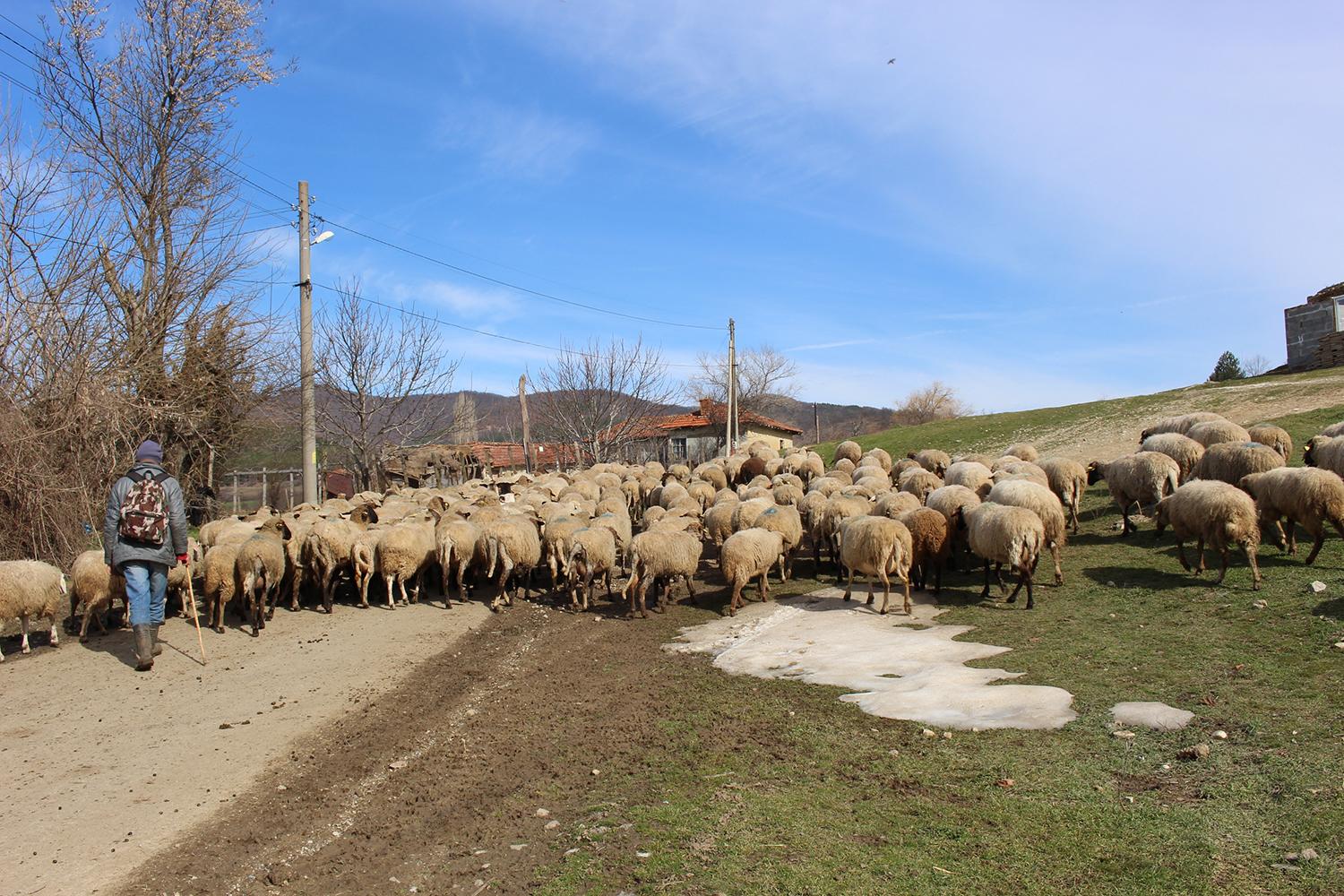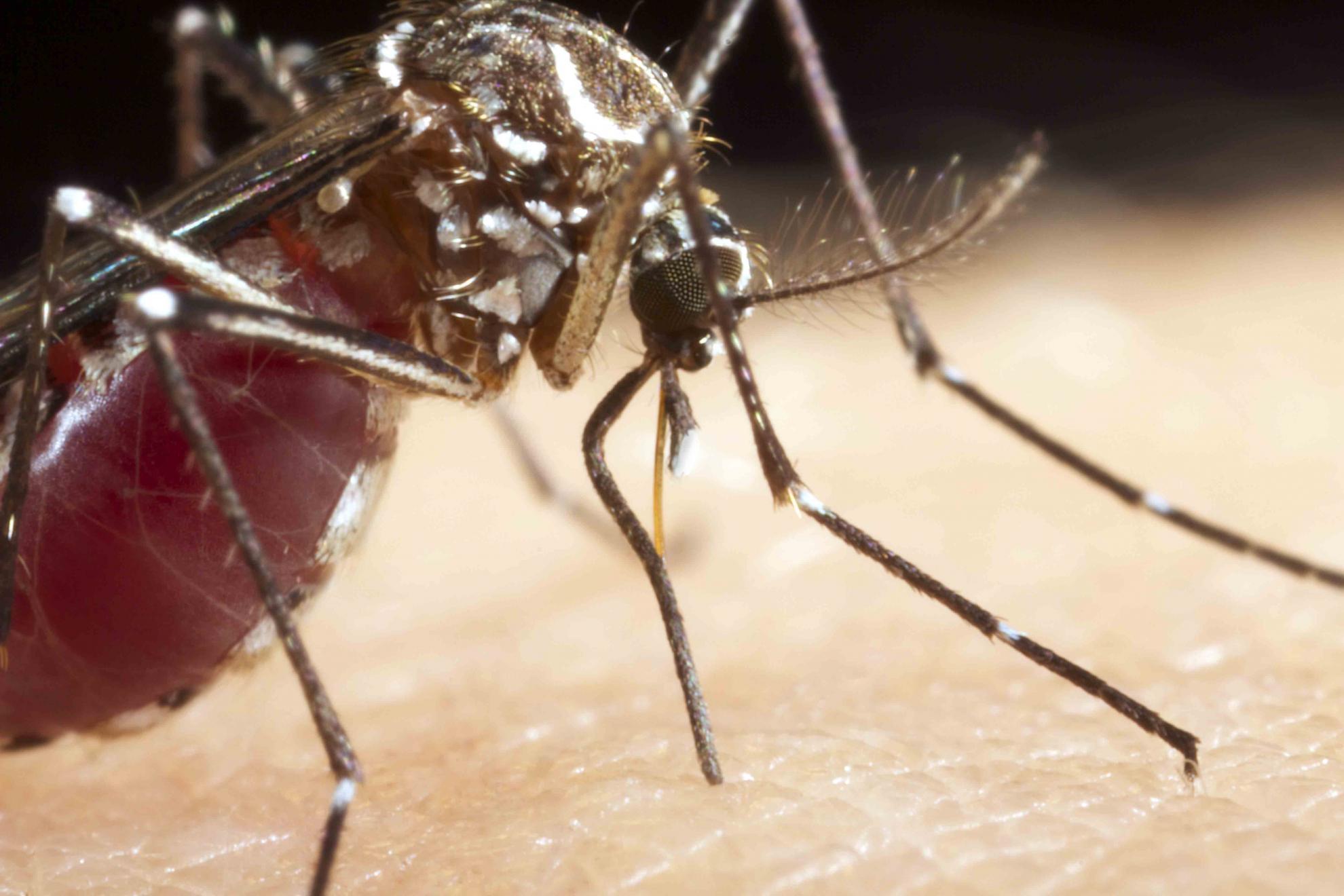Rift Valley fever virus (RVFV) is a vector-borne disease of sheep, cattle and goats which humans are susceptible to.
RVFV is transmitted from animal to animal by mosquitoes. RVF can also be spread to humans through direct contact with infected animals and meat.
RVF is endemic in tropical regions of eastern and southern Africa, with severe outbreaks occurring in Egypt, Mauritania, Kenya and Somalia. More recently, Madagascar, Swaziland and South Africa have also reported outbreaks.
Please see the Defra website for advice on how to spot and report the disease.
Clinical signs
Clinical signs of RVF tend to be nonspecific, which make individual cases difficult to diagnose, but high levels of mortality in young animals, high abortion rates and flu-like symptoms in humans are indicative.
- Fever
- Lethargy and listlessness
- Abdominal pain
- Nasal discharge
- Anorexia
- Bloody/fetid diarrhoea
- Abortion
- Mortality
In people, RVF is usually inapparent or a flu-like illness may present. About 1%–2% may develop severe disease including haemorrhages, lesions and encephalitis (inflammation of the brain). In these severe cases, the fatality rate may be 10%–20%.
Virology
RVFV belongs to the Bunyaviridae family within the genus Phlebovirus.
It is an enveloped virus containing a capsid and single-stranded RNA genome.
Pirbright's research on Rift Valley fever virus
The Institute is investigating the ability of European mosquitoes to transmit RVFV and measure the susceptibility of European livestock breeds to the disease. In doing this, the Institute will be able to gain information about whether RVF is a threat in Europe and will be able to advise on how an outbreak may spread if one were to occur.



